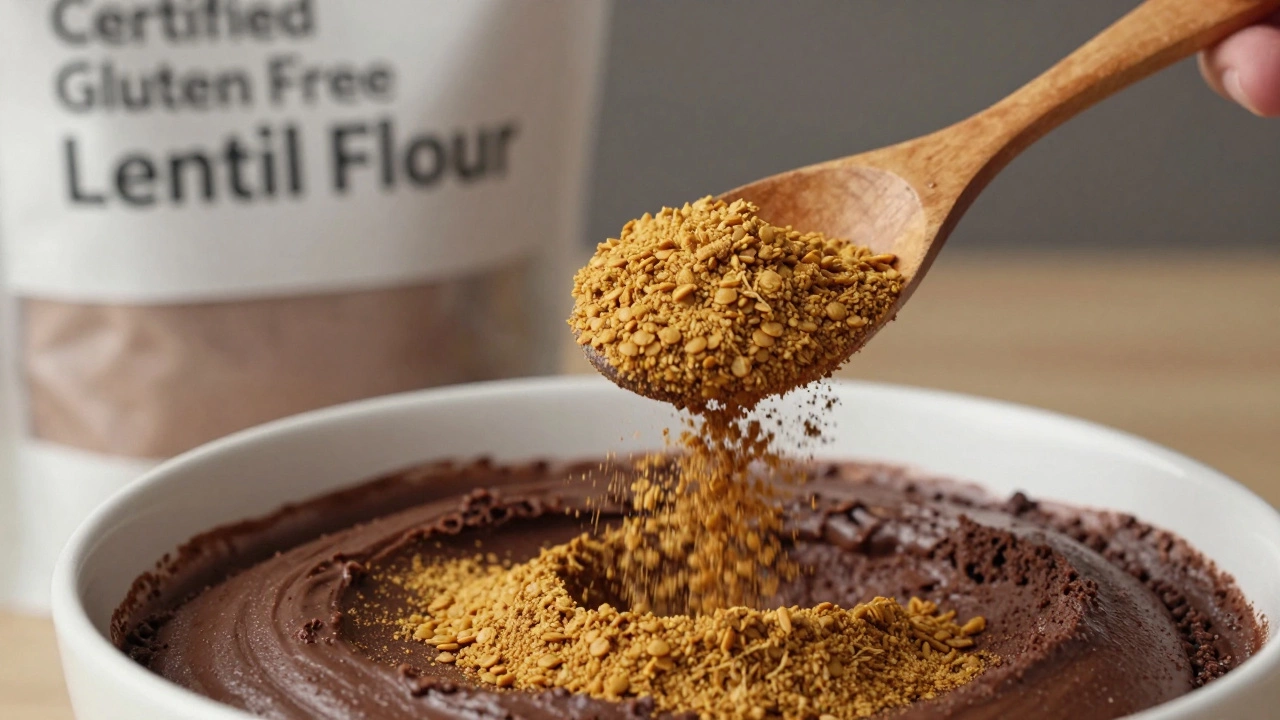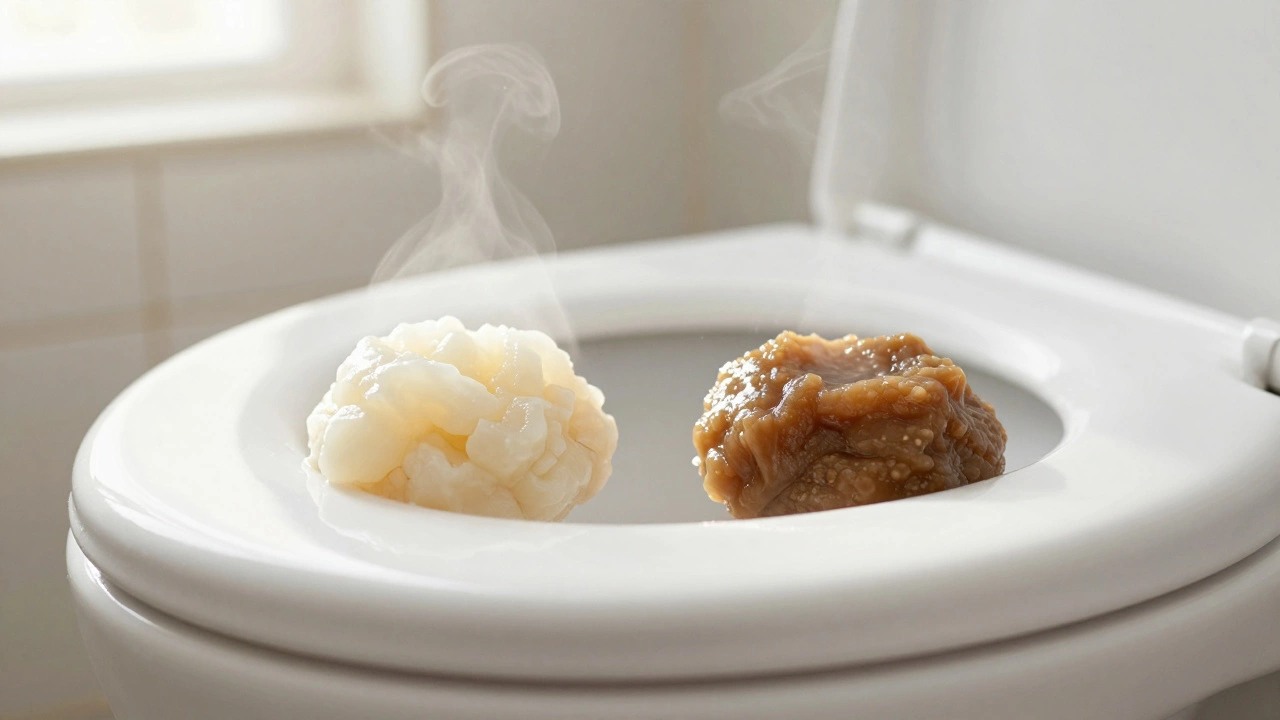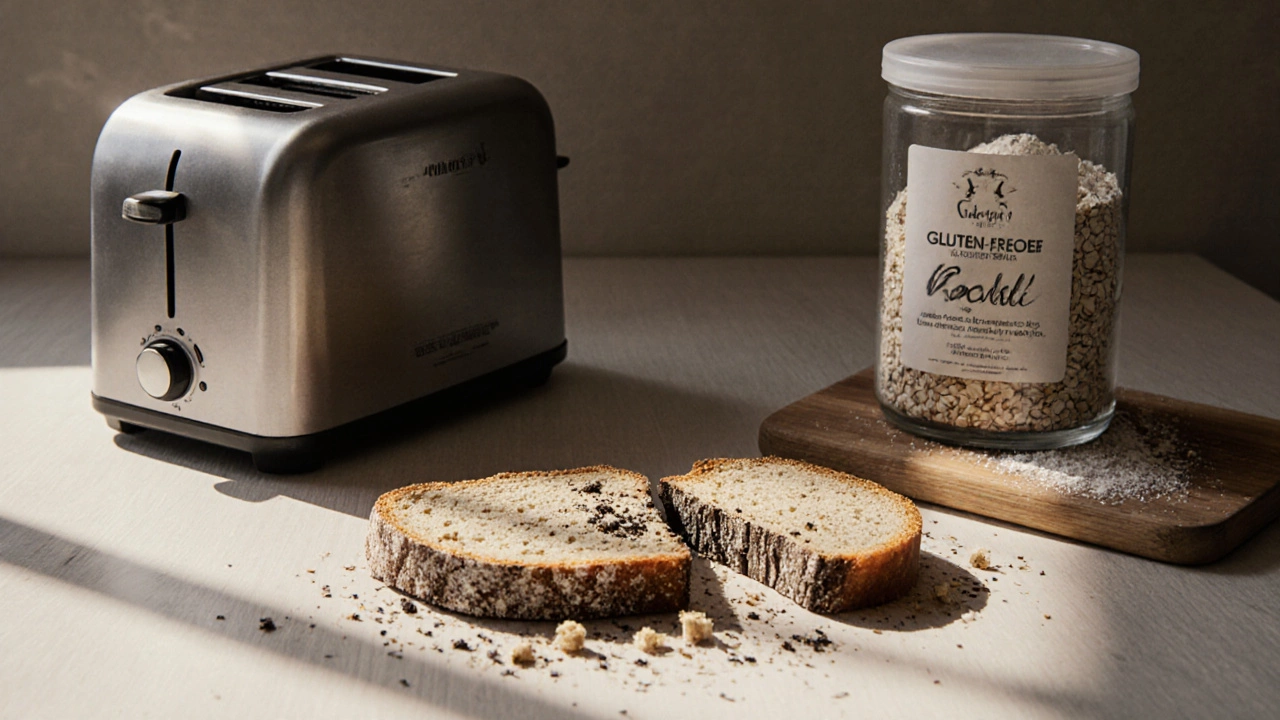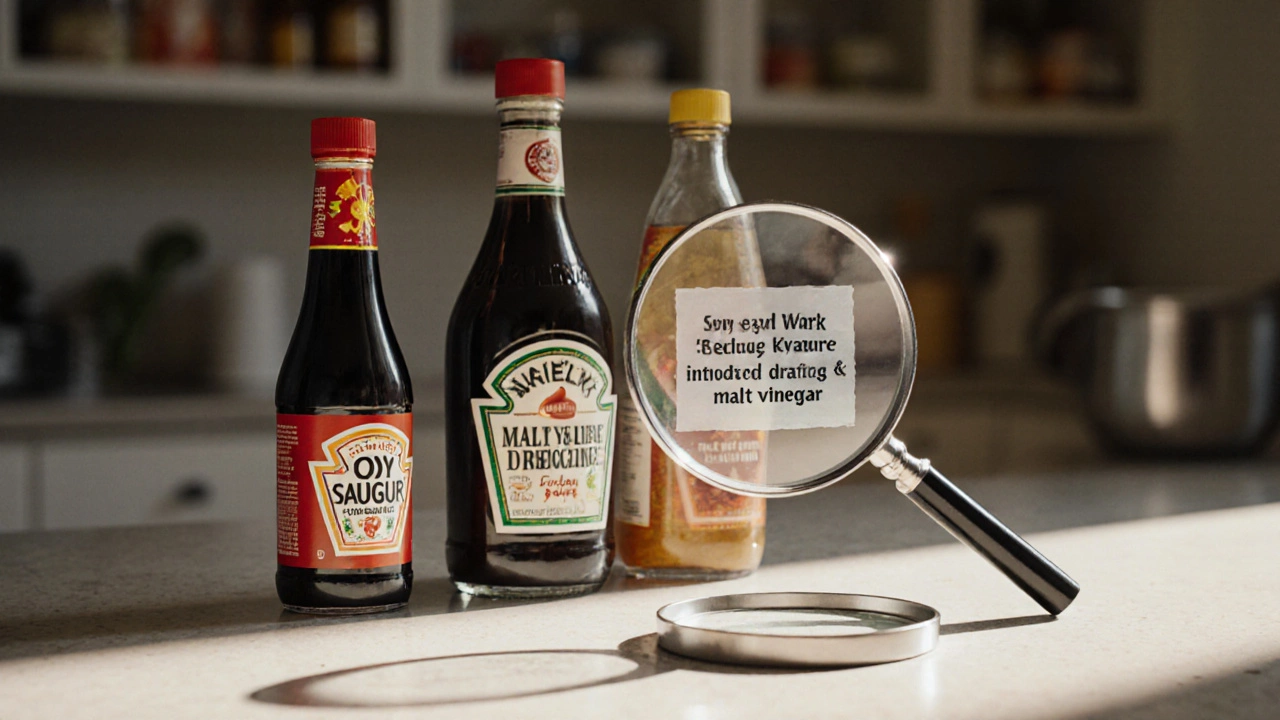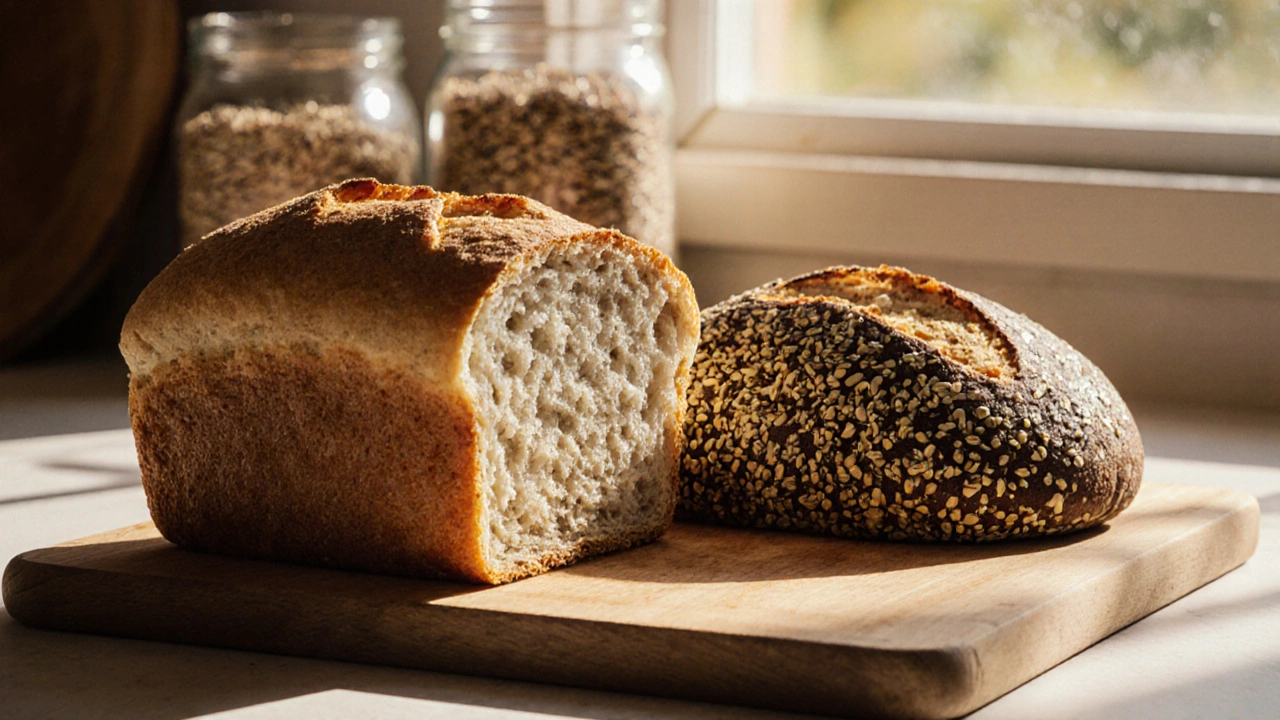Gluten‑Free Diet: A Practical Guide
When working with gluten‑free diet, a way of eating that excludes gluten, the protein found in wheat, barley, and rye. Also known as GF diet, it helps people with celiac disease, an autoimmune condition that damages the small intestine when gluten is eaten or non‑celiac gluten sensitivity manage symptoms. Gluten, the stretchy protein in wheat, barley, and rye that gives dough its elasticity is the trigger, so eliminating it changes everything from breakfast to dessert. This diet encompasses not just ingredient swaps but also label literacy, kitchen organization, and social dining strategies. Mastering a gluten‑free diet requires a mix of knowledge, tools, and habit tweaks, and the posts below show how those pieces fit together.
Key Considerations for Going Gluten‑Free
One of the first hurdles is finding reliable substitutes. Gluten‑free flour, a blend of rice, almond, tapioca, chickpea, and other non‑gluten grains used to mimic wheat flour comes in many forms, each with its own moisture‑absorption rate and flavor profile. Choosing the right blend influences texture, rise, and taste, so testing a few recipes is worth the effort. Equally important is avoiding cross‑contamination, the accidental transfer of gluten particles from utensils, surfaces, or packaged goods to gluten‑free foods. Simple steps—like dedicating a toaster, using separate cutting boards, and wiping down counters before preparation—can keep your meals truly safe. Label reading becomes a daily skill; look for terms like “processed in a facility that also handles wheat” and beware of hidden gluten in sauces, spice mixes, and even some canned beans. Understanding these practical details not only protects health but also builds confidence to experiment with recipes that would otherwise feel risky.
Beyond the kitchen, the gluten‑free lifestyle touches everyday choices. Dining out means scouting menus for “gluten‑free” symbols, asking servers about preparation methods, and sometimes bringing your own sauces to avoid hidden gluten. Snack time can be tricky, but the market now offers gluten‑free candy, chips, and even vegan options that fit the diet without sacrificing flavor. For those curious about plant‑based sweets, look at guides on vegan candies that also happen to be gluten‑free, or explore how chickpeas can turn into creamy desserts without any wheat. The article collection below dives into these topics: from a clear UK guide on whether chickpeas contain gluten, to freezer tips for desserts, to vegan candy analyses—all relevant to anyone managing a gluten‑free routine. As you scroll, you’ll find actionable tips, tasty recipe ideas, and troubleshooting tricks that round out a complete, real‑world approach to living gluten‑free.
Lentils are naturally gluten-free and safe for gluten-free baking, but cross-contamination can be a risk. Learn how to use lentil flour in cakes, what to avoid, and how to pick the safest products.
Many people experience dramatic improvements in bowel habits after going gluten-free-less bloating, firmer stools, fewer trips to the bathroom. Here's what actually changes in your digestion-and why gluten-free cakes aren't always the answer.
Discover the hidden foods that can trigger gluten intolerance symptoms, from soy sauce to restaurant fries, and learn how to bake safe, delicious gluten-free cakes without cross-contamination.
Many foods you think are safe contain hidden gluten - from sauces to supplements to oats. Learn the surprising sources and how to avoid them for a healthier gluten-free life.
Discover the short‑term and long‑term effects on your body when you stop eating gluten, with tips for a balanced gluten‑free diet.
